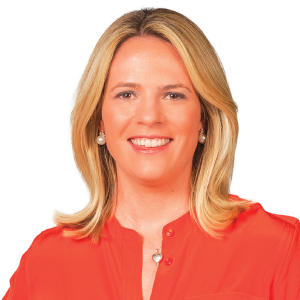DELRAY BEACH, Fla. — Bodo Dolch has had a defibrillator for five years, but just recently, he was alerted that something was very wrong.
“They were calling like one, two , three different times that I was in a-fib,” he said. “I was like OK, I had no external symptoms as far as I could tell that I was in trouble.”
His remote monitoring device altered Dr. Jonathan Rosman, a cardiologist with Delray Medical Center, that there was a big problem. It was then treated in real time.
“He didn’t know he was in atrial fibrillation,” explained Rosman. “We saw it on our remote monitor and we started him on a blood thinner. We see this two to three times a week.”
Due to the pandemic, many patients remain reluctant to go to doctor’s visits for care or even the hospital.
Rosman said they’ve seen an uptick in people signing up for remote monitoring. It’s the ability for the doctor to monitor a patient’s heart device, even though they are not physically in the office.
“I, from my office, am able to get information from your device no matter where you are,” he said. “Whether you are at home, whether in another country. As long as you have that remote monitor, it will automatically send the information. All the information will be sent through your pacemaker, defIbrillator, loop recorder.”
Rosman can download, review, and analyze the information as it is happening.
“If there is a problem with your wires, if there is a problem with your pacemaker, defibrillator, battery, battery is dying, if you have a remote monitor, we will know immediately because an alert is sent to us,” he said.
The remote monitoring can also detect abnormal heart rhythm.
“Atrial fibrillation has the potential risk of stroke,” said Rosman.
Rosman believes the benefits extend well beyond the pandemic and said patients do better, live longer, and spend less in healthcare costs with fewer trips to the hospital.
“When COVID-19 came, the remote monitoring came to the forefront in medicine, because what all of a sudden happened is either physicians were not seeing patients or patients weren’t comfortable going to see patients,” he said. “If you did not have a remote monitor or being monitored, there was no way for the physician to see what was going on with your pacemaker, defibrillator or loop recorder.
It can be called innovative, life-saving lessons learned during the pandemic.
“With COVID-19, more and more patients decided to join the remote monitoring, and we are making a push to continue this,” he said.




